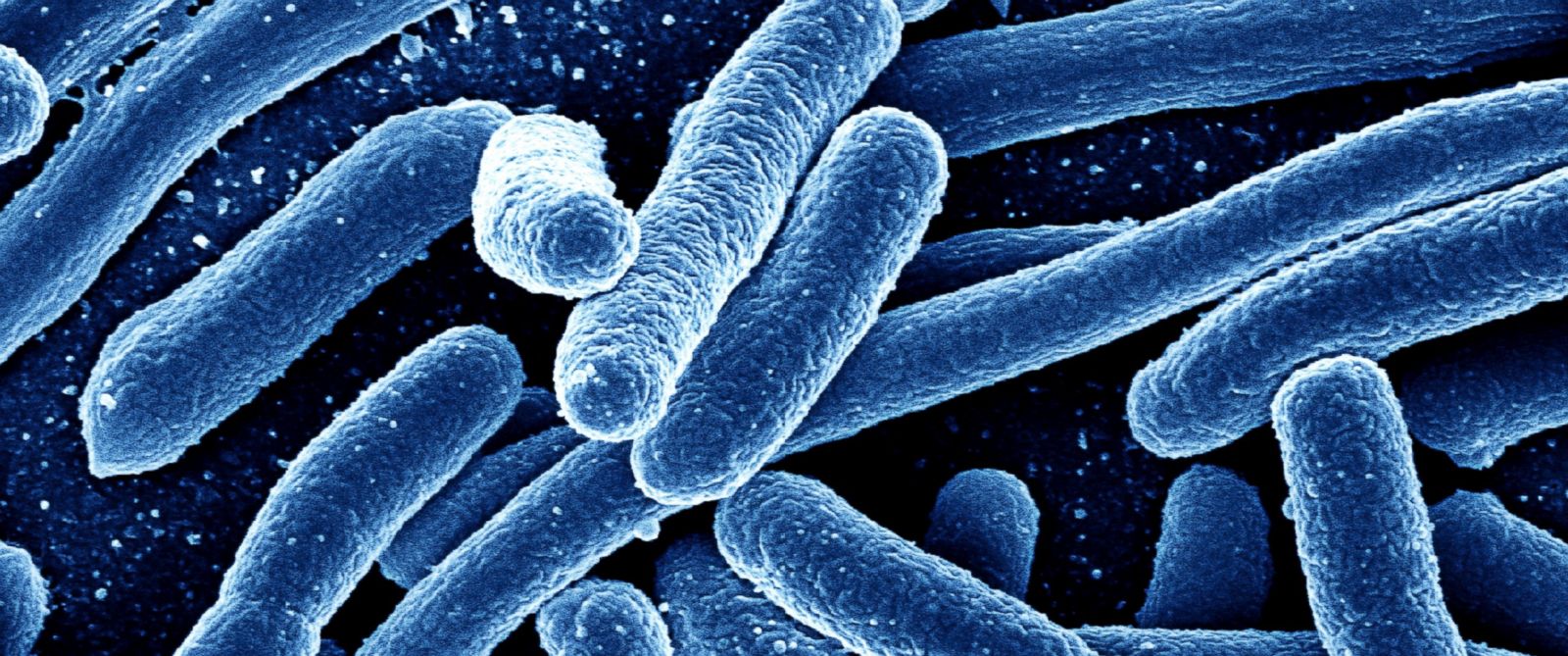Deadly new strain of antibiotic-resistant yeast infection set to invade U.S.
08/05/2016 / By JD Heyes

The latest in a growing line of deadly, antibiotic-resistant bacterial infections is set to invade the United States, as health planners scramble to figure out a way to battle it.
Officials at the Centers for Disease Control and Prevention are planning a major strategy session later in August, AMI Newswire reports, to figure out how to kill Candida auris, which has already begun to manifest itself in nine countries located in the Pacific Rim, South Asia, England and Latin America.
Officials say the bug is almost twice as deadly as its parent disease, but thus far, the only “strategy” health experts have is to get together and discuss the bug’s eventual arrival. Being that it is mega-resistant to antibiotics, that leaves little wiggle room.
Health experts know that the common Candida yeast kills some 40 percent of hospitalized patients it infects. But according to Prof. Luis Ostrosky-Zeichner of the University of Texas Medical School, the new strain produces “about a 60 percent to 80 percent mortality rate.”
Researchers are very concerned about a number of things concerning this newer, more lethal Candida bacteria but most importantly, it’s resistance: While the basic Candida bacteria was first discovered back in 1909, in recent years it has begun to morph and develop substantial resistance to the only three classes of drugs that are used against such yeast/fungal infections. And no one seems to be even considering natural, preventative measures.
In addition, the new strain has managed to develop durability as well, being able to survive outside a human host on nearly any surface in a hospital. Making the infection even harder to treat, it is difficult to identify and track because initial research on genetic sequencing shows that there is not just one Candida auris but several local variants, all of which developed at about the same time.
Mother Nature's micronutrient secret: Organic Broccoli Sprout Capsules now available, delivering 280mg of high-density nutrition, including the extraordinary "sulforaphane" and "glucosinolate" nutrients found only in cruciferous healing foods. Every lot laboratory tested. See availability here.
“Clearly, you have to rule out one source for” this new bug, Peter Pappas, professor of medicine in the division of infectious diseases at the University of Alabama Medical School, told the newswire serve, adding that it isn’t like a traveler brought the bug back from somewhere else or spread it from country to country.
Dr. Tom Chiller, chief of mycotic diseases at the Centers for Disease Control and Prevention, said his agency is requesting that hospitals pay more attention to serious fungal infections and to get ahold of the CDC if doctors find something out of the ordinary.
“Often [when] you see a new species of some resistant species emerge, you immediately think of drugs” being used on a patient for another reason, Ostrosky-Zeichner said, though he doesn’t believe that is the case with Candiada auris.
Dr. David Perlin, the executive director of the Rutgers Regional Biocontainment Laboratory at Rutgers Medical School, told the newswire service that “one immediate question is whether Candida auris is an emerging global pathogen and poses a broader threat to high risk patients or is a more regional and confined problem.”
There has only been one case of the infection recorded in the U.S., and that was back in 1913.
“Therefore, this new bug is not a problem now in the United States,” Pappas said, “But I recently went to India, where this Candida auris is the most prevalent form of yeast infection everywhere. Therefore, It’s [sic] just a matter of time before it becomes worldwide.”
Sources:
Tagged Under: antibiotic resistant superbug, CDC, disaster




















